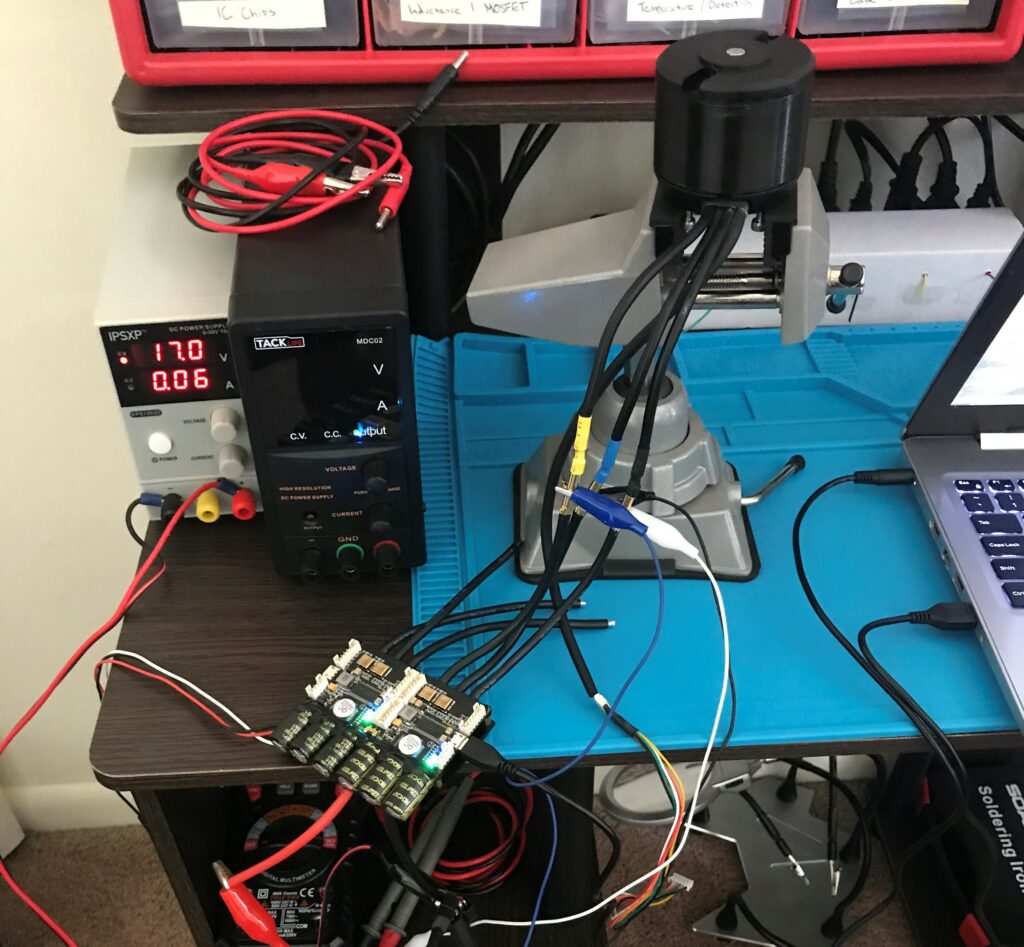So it’s been two weeks past my deadline for the electronic longboard BOM… but work has happened!
Personal effect of Covid-19
Due to the recent onset of the virus in the US, my college, University of Florida, asked everyone to leave campus. That means I moved out of my dorm a few days ago, and have since been working on optimizing my room to be an effective work space and finding room for my stuff.
This is a rare opportunity to focus on my personal projects since everything I had planned on doing has basically been canceled, so I have a lot more time to focus on my own things. On the other hand, I’m sufficiently worried and am taking extra precautions such as more frequent hand washing, social distancing, and the like. I can only hope this all goes well, especially for my at risk family members.
What about that project you said you would finish?
Yeah, fair enough. I didn’t make my deadline. However, I was able to test the motors I had bought and have basically finished my bill of materials (BOM) from the mechanical side.
Motor Testing
My motor testing setup was less than ideal in appearance, but functioned extremely well. We powered it with my friend’s 300 watt power supply, and ran it significantly under the maximum voltage and current since the power supply wouldn’t be able to handle it otherwise. Despite that, the motor was very powerful, even when running under-powered. I have no doubt this electric longboard will be able to go around ~13 m/s as calculated by my math (included in the BOM link on another sheet).

My friend and I were interested in the signals produced by the VESC (Vedder Electronic Speed Controller), so we setup his oscilloscope (special tool to graph voltage over time) to read from the input pins of the motor. The signals we measured were very noisy, which may be an effect from his oscilloscope or from choppy VESC output. I will have to investigate more once I have my own setup.
Bill Of Materials (BOM) and Moving Forward
In addition to this, I setup a BOM spreadsheet as mentioned above. I have included what I have bought so far and what I plan on buying. The costs are totaled and there is another page that calculates what the board’s max speed and max range are. This was extremely important to selecting the correct components, and if you would like to use it yourself, I would suggest creating a copy of my sheet and using it for your own project.
Moving forward I plan to have specked out and bought the correct battery and have selected a controller. The next few weeks will be a bit wild since I have several responsibilities in my research lab, so effective time management will be necessary.
